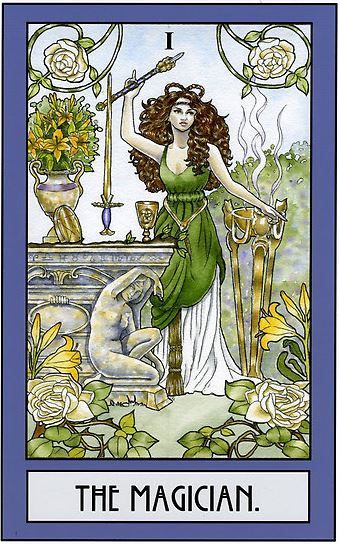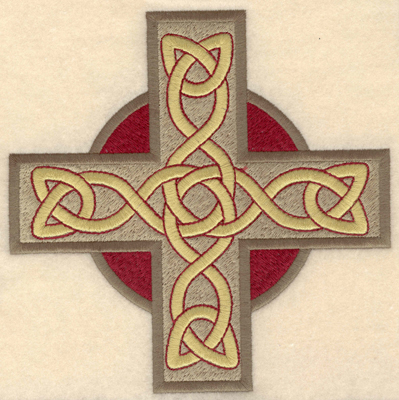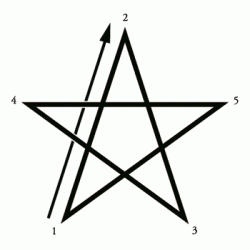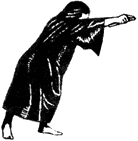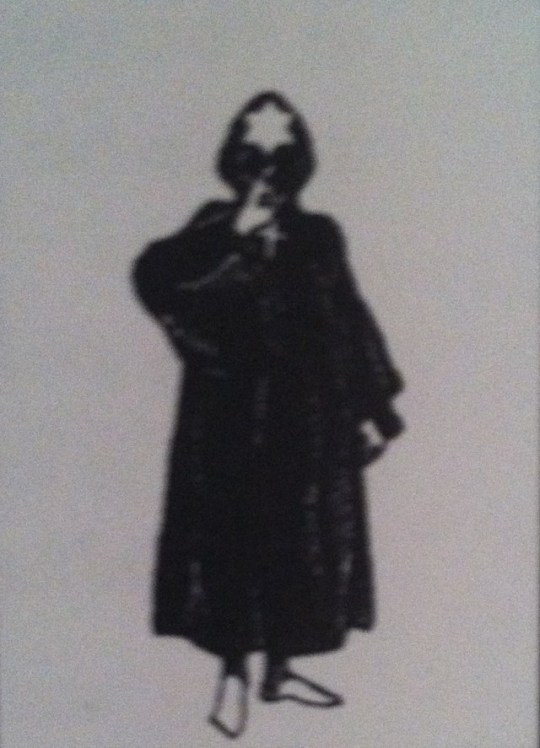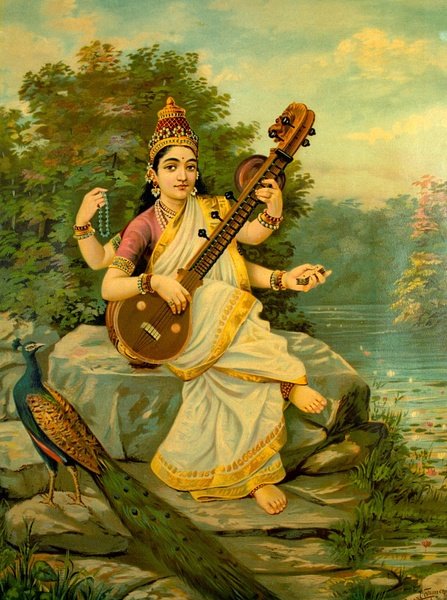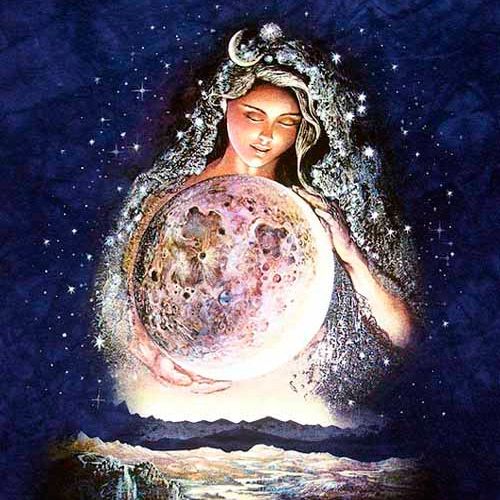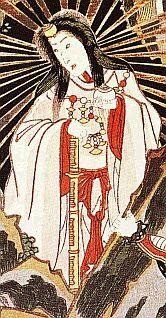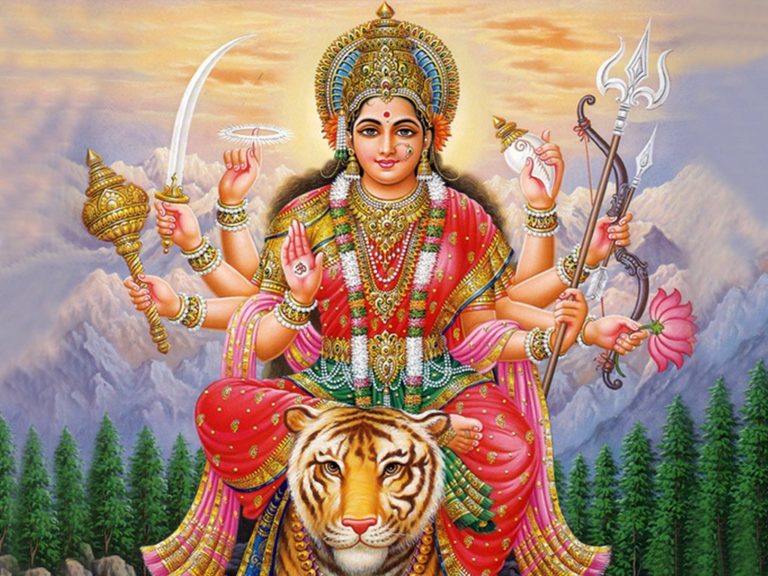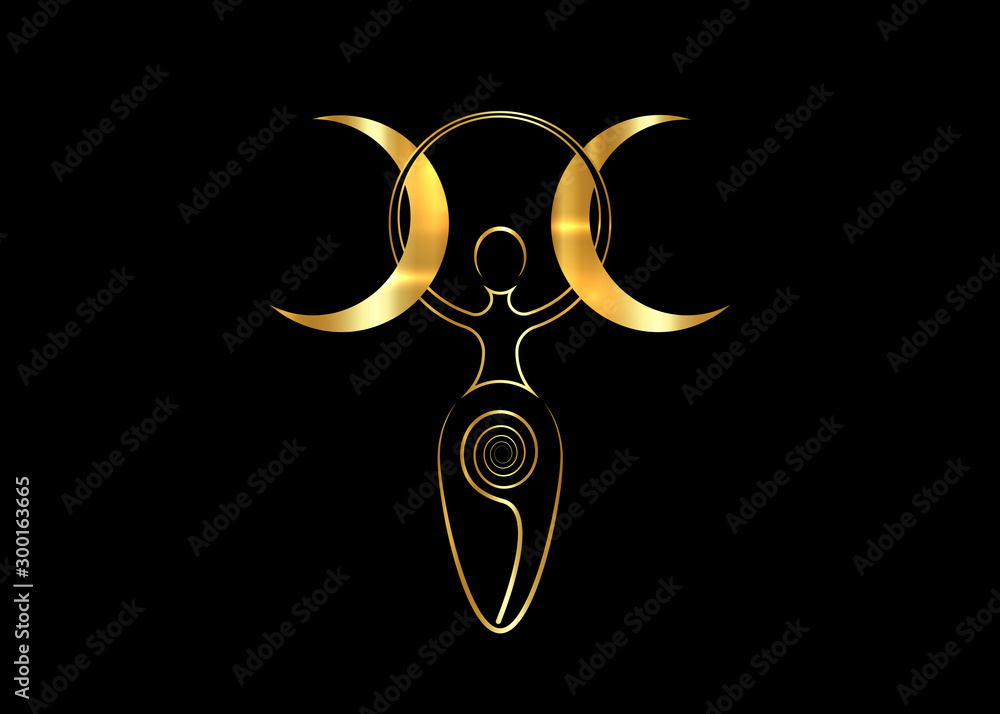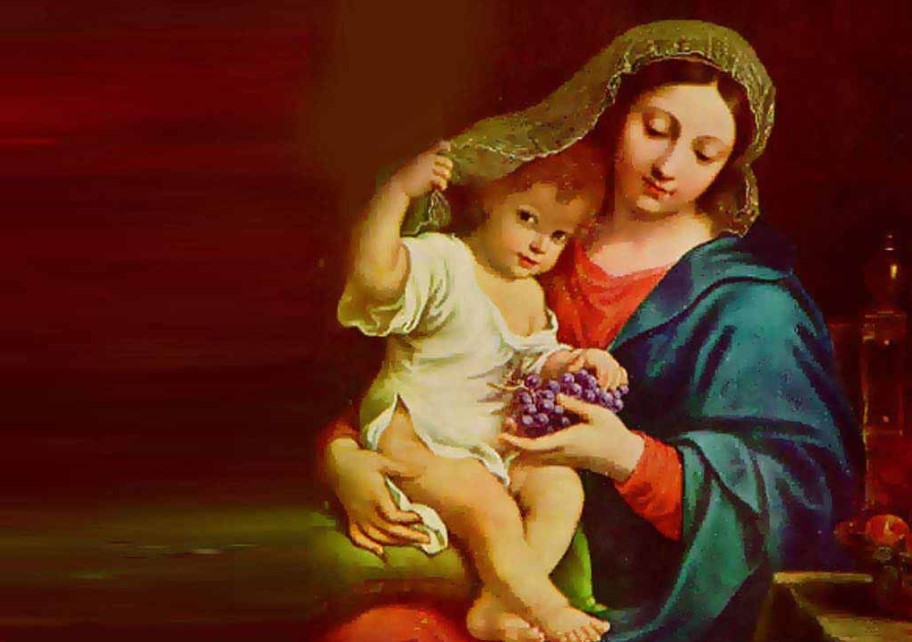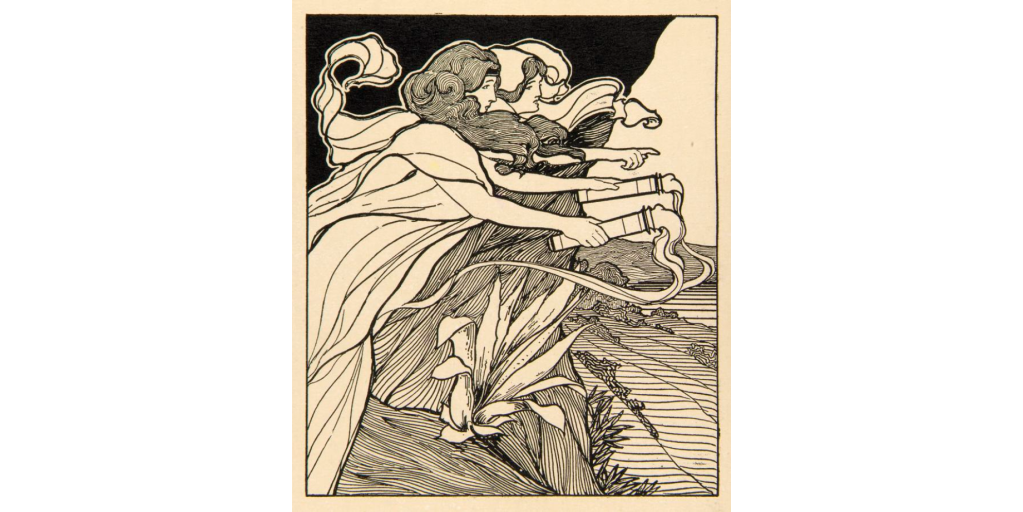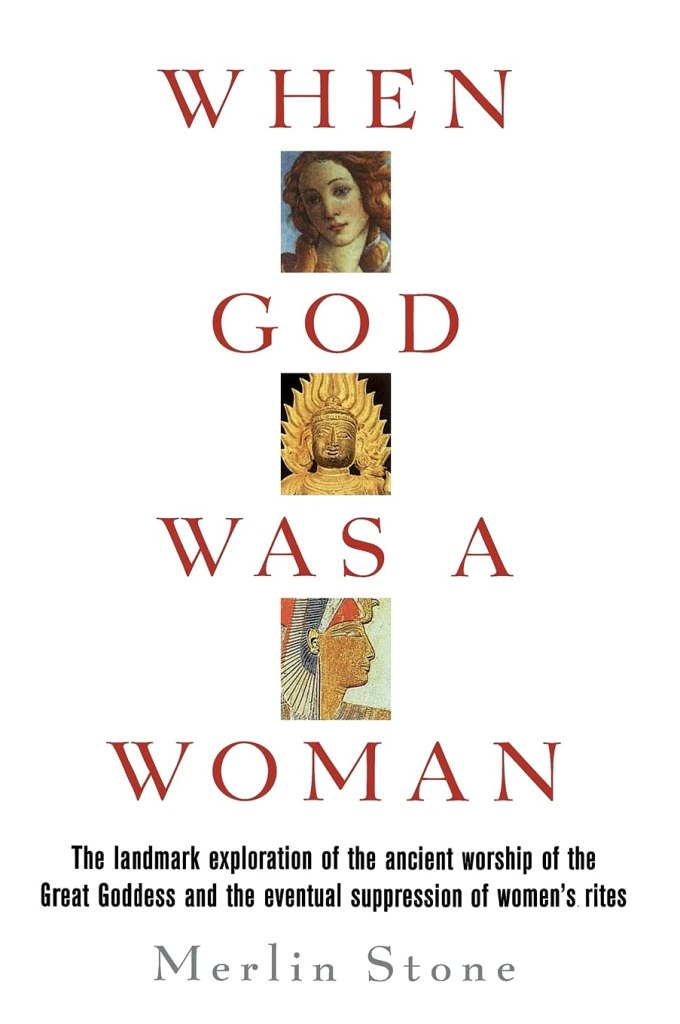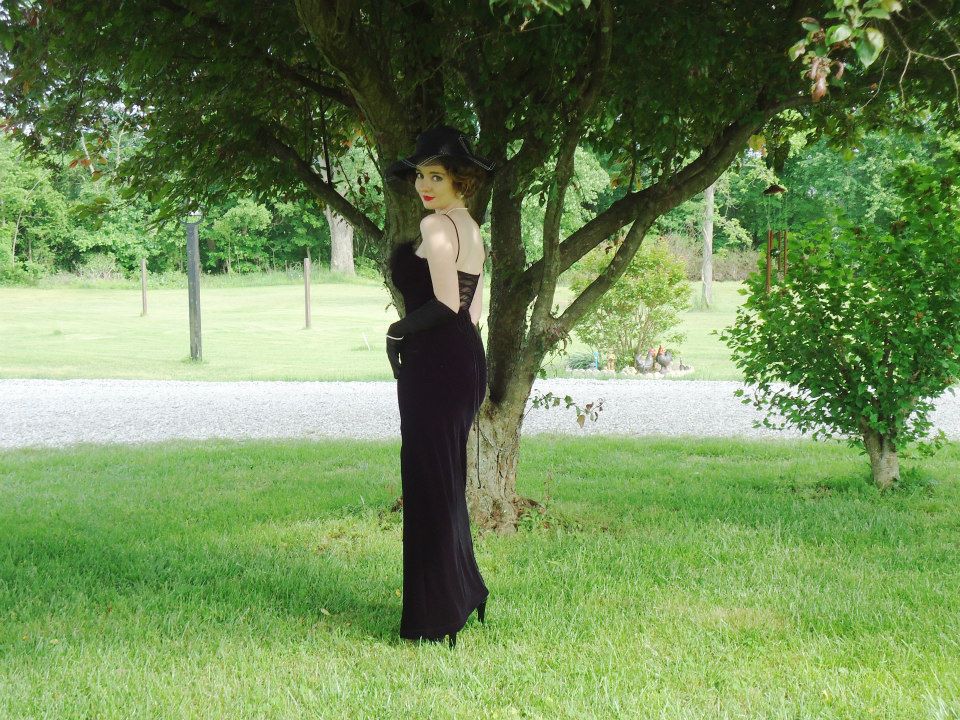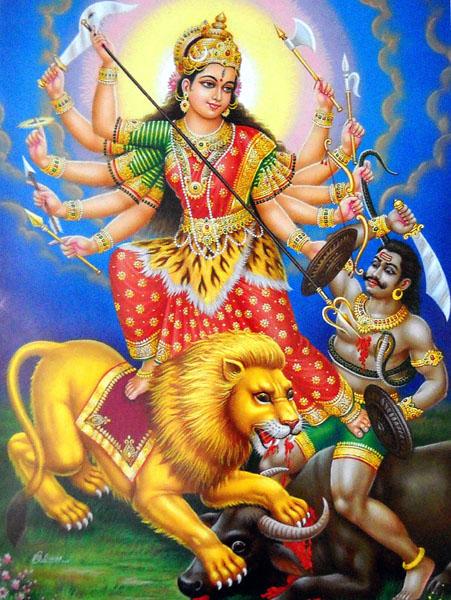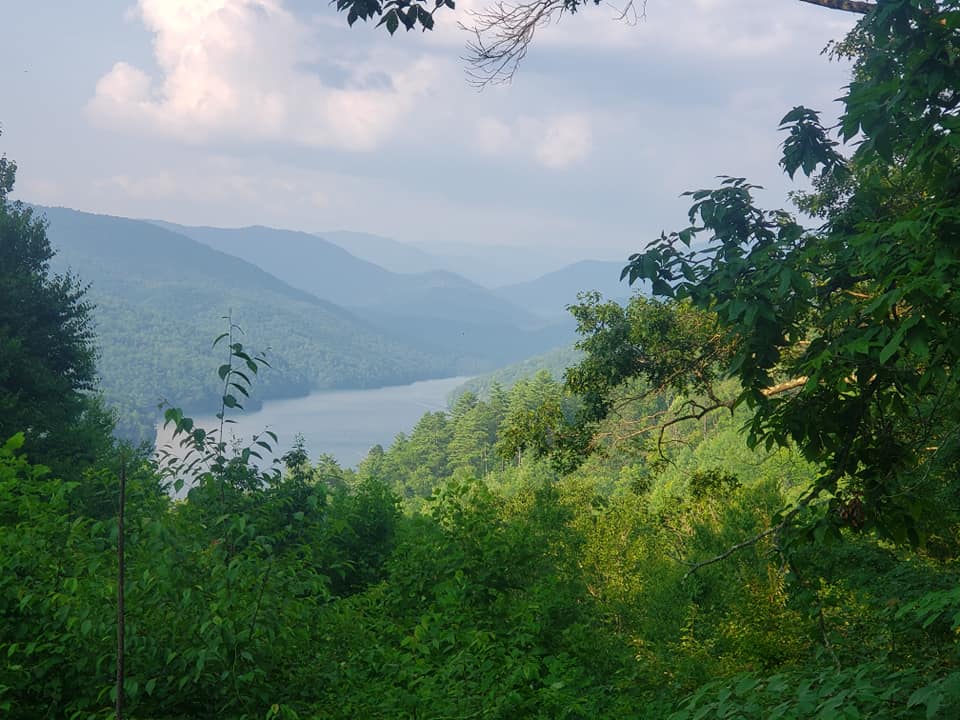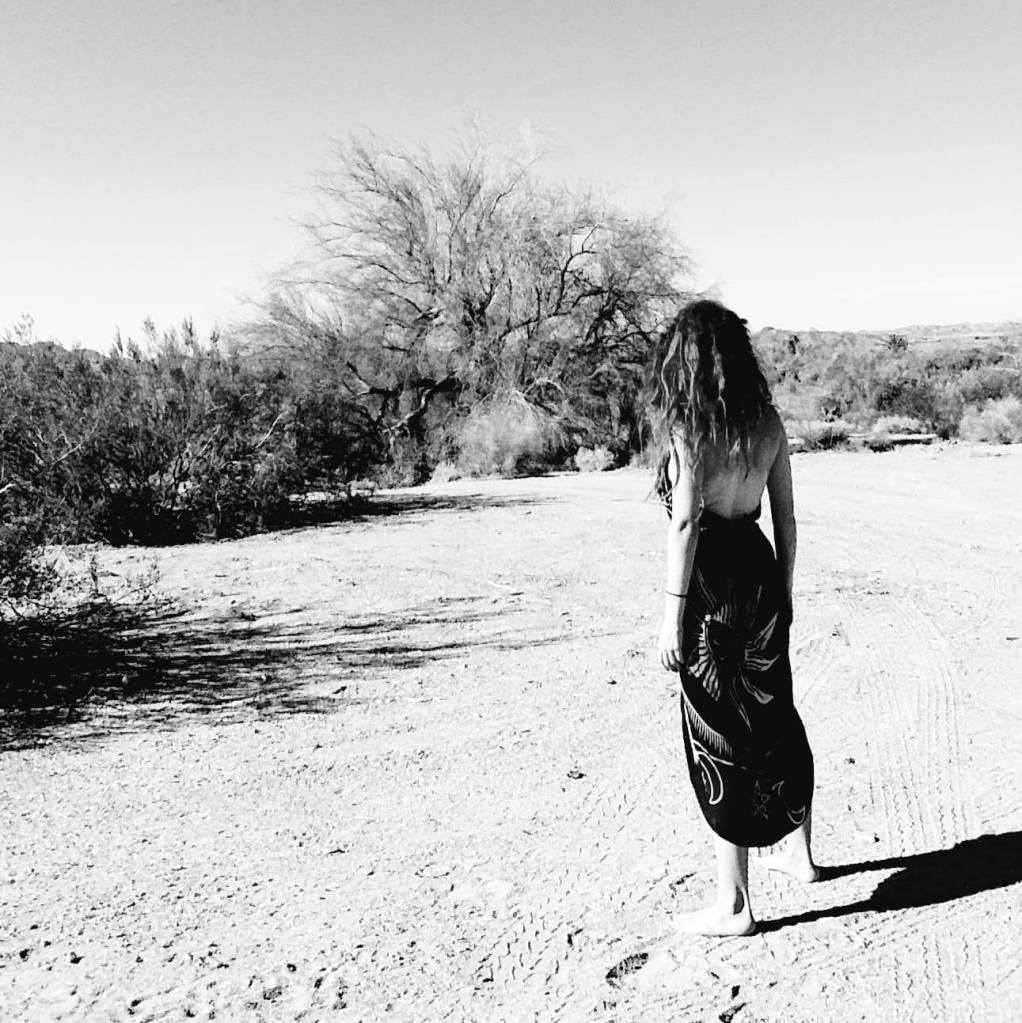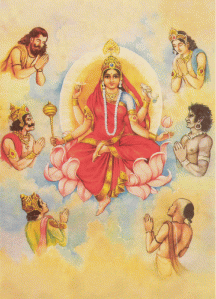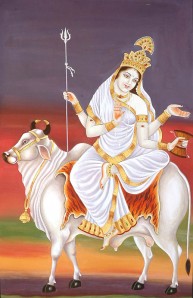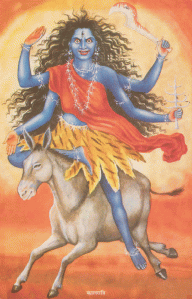The Lesser Banishing Ritual of the Pentagram (LBRP) is a powerful ceremonial magic ritual designed to banish impure elements from the magician’s workspace. The original ritual was designed by the Hermetic Order of the Golden Dawn and is heavily influenced by the Jewish tradition of Kabbalah as well as Christian interpretations of the archangels and their correspondences. In each of the four directions, the Earth banishing pentagram is traced by the magician with an outstretched arm, forming a protective circle around herself.
The LBRP is not a tool of low magic. It does not offer material rewards. It also is not intended to banish external demonic entities but rather shadow aspects of the self. The LBRP is an affirmation of the magician’s place in the Universe. The LBRP also is a clearing of unhelpful and stagnant energies in order to open up space for purer, thamelic energies. It is ideally performed on a daily basis.
The calling of the Archangels in the original LBRP was modified in this version to the names of the Janyati (Déanic Angels, viewed as aspects of Déa). The Janyati invoked have the same planetary correspondences as the Archangels. Feel free to substitute other feminine Angelic names that correspond to the planetary principles invoked.
There are many variations of the LBRP in circulation, but this is the first that I am aware of designed specifically for those who worship God in the feminine form.
The Qabalistic Cross
- Stand before your altar, facing east, and imagine your consciousness expanding above and beyond your earthly existence.
- Imagine a bright white sphere of light hovering and descending down to the top of your head.
- Reach up with your right hand or wand and pull this white sphere of light down to your forehead. When you do this vibrate the word AT (pronounced “aht”, the feminine pronoun “thou” in Hebrew) In the sense it is used in the Qabalistic Cross, it is best translated into formal English as “Thou art”. Note: In the original LBRP, the masculine pronoun Atah is used.
- Move your right hand or wand down the center of your body, feeling the light beam being drawn down through your central energetic pillar. Touch your breast, move your hand over the sacral chakra, pointing downward to the earth, vibrate MALKUTH (pronounced mahl-kooth, a feminine Hebrew word corresponding to the English term “Queendom” and the Herthelan term “Ranyam”.) Imagine there is now a beam of light running through you, connecting the sphere of light above your head to the earth below your feet. Note: Malkuth is the tenth sephirah in the Qabalah and is identified with the Shekinah. She is Mother God’s presence in the earthly Creation.
- Touch your right shoulder and imagine that the light beam travels from the sacral base of Malkuth to your right side, extending into space. Vibrate VE-GEVURAH (pronounced v’ge-vuw-rah, the Hebrew word ve meaning “and” and the feminine word Gevurah meaning “strength, power”). Note: Gevurah is the fifth sephirah of the Qabalah and is associated with Sai Rhavë in the Filianic tradition. She represents the Saturnian qualities of Dea, who purifies through justice and accountability.
- Touch your left shoulder, extending the light beam to your left side, extending into space. Vibrate VE-GEDULAH (pronounced v’ge-doo-lah, a feminine Hebrew word meaning “glory”). The word Gedulah is associated with the fourth sephirah Chesed, representing the devotional piety of maid to Dea as well as Dea’s love and mercy towards maid. She is associated with Sai Sushuri.
- Bring both of your hands to the center of your breast and clasp them together in prayer, vibrate LE-OLAHM, AMEN (pronounced lay-oh-lahm, ah-men, the Hebrew adverb le-olahm meaning “forever” and amen meaning “verily, in truth”). You are now standing in the center of a cross of light that extends to the ends of the Universe.
The Four Pentagrams
- Face east and trace with your hand or wand a large Earth banishing pentagram in the air before you.
Visualize the pentagram glowing in flaming blue light. Perform the Sign of the Enterer (stand with feet parallel and shoulder-width apart, visualize a white sphere of light above your head with a beam of light descending from the above sphere to a second sphere beneath your feet as you inhale, simultaneously raise your elbows upward and outward parallel to the shoulders, hold your hands flat on either side of your neck with palms facing down and fingers pointed forward, while exhaling step forward with your left foot while thrusting your hands forward, lower your head between your arms with eyes forward, visualize the white beam of light rising back up through your body and projecting through your fingertips). Vibrate IOT ‘E VOH (pronounced “yot-eh-voh, pronouncing the final “h” sound with the exhaled breath. Note: IVH is Dea’s Sacred Name of Power in the Madrian tradition.
Perform the Sign of Silence (place the right foot facing forward with the left foot turned toward the left slightly behind it, raise the right forefinger to the lips). This Sign seals the motion of magical energy.
2. Keeping your finger or wand in the center of your pentagram, move to the south, and trace a white beam of light to the southern quarter of the magical circle. These lines connect your pentagrams. Trace another pentagram the same way, now perform the sign of the enterer and vibrate GEBIRAH (pronounced gheb-ee-rah, meaning My Lady or Queen in Hebrew). Perform the sign of silence, remembering to keep your right arm out in front of you. Note: In the original LBRP, the name Adonai is used, which is a masculine name meaning “My Lord”
3. Trace the white beam of light to the west, repeat the steps of tracing and charging your pentagram, but this time vibrate EHYEH ASHER EHYEH (pronounced eh-yeh ash-ehr eh-yeh, translated commonly into English as “I am that I am”, but in Hebrew is more accurately used in the sense of a constant state of “becoming”. Note: First person pronouns are gender neutral in Hebrew.)
4. Trace the white beam of light to the north, do the same sequence one last time, and vibrate AT GIBORAH LE OLAHM GEBIRAH (pronounced “aht gee-bor-ah lay-olahm gheb-ee-rah, translated as “Thou O Lady art mighty forever.”) Note: In the original LBRP, the Qabbalistic acronym AGLA is used which stands for “Atah gibor le-olahm Adonai”, both the name of God and the adjective for the word “mighty” are masculine and therefore feminized for use in the Déanic context.
5. Trace the white beam of light back to the east, connecting all your pentagrams together. You should now be surrounded by four blue flaming pentagrams in the four quarters of your circle.
The Calling of the Archangels
- Visualize the Qabbalistic Cross you made earlier, extend your arms out to either side parallel to the floor to become the Cross. Look in front of you (east) and say “Before Me, SAI MATI“ (pronounced sai mah-ti). Feel Her presence manifest before you in the element of wind.
2. Visualize another presence behind you and say, “Behind Me, SAI CANDRÉ (pronounced sai cahn-dray). Feel Her presence manifest behind you in the element of water.
3. Visualize a presence to your right and say, “At my right hand, SAI RAYA” (prononced sai rah-yah. Feel Her presence manifest to your right in the element of fire.
4. Visualize a presence to your left and say, “At my left hand, SAI VIKHE (pronounced sai vik-hay). Feel Her presence manifest to your left in the element of earth.
5. Face east again and contemplate the flaming pentagrams around you while saying, “For around me flameth the pentagram” Then visualize a brilliant golden hexagram within you at heart level and state “And within me shineth the six-rayed star”.
6. To finish, repeat the steps of the Qabbalistic cross.
May Dea bless you.
Sources:
https://stateofformation.org/2016/03/blessed-are-male-you-gendering-god-in-jewish-text/
https://journeyingtothegoddess.wordpress.com/2012/09/16/malkuth/
https://www.aish.com/sp/k/Kabbala_11_Gevurah_The_Strength_of_Judgment.html
https://ritualwell.org/ritual/shabbat-amidah-feminine-god-language
https://sacredwicca.com/high-magick
https://uhg.readthedocs.io/en/latest/person_first.html
https://www.wikihow.com/Perform-the-Lesser-Banishing-Ritual-of-the-Pentagram
http://www.mother-god.com/goddess-religion.html
https://www.youtube.com/watch?v=vXFKCcaYGtI&ab_channel=FoolishFish

